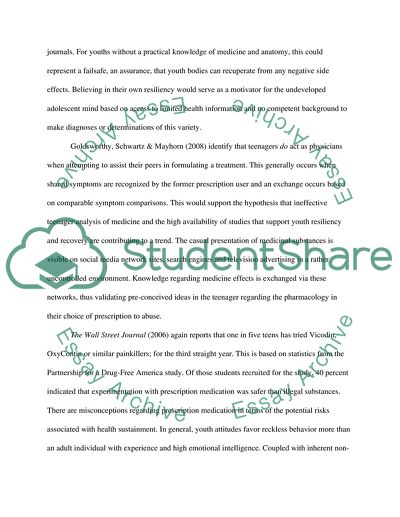Cite this document
(Prescription Drug Use in Teenagers Research Paper, n.d.)
Prescription Drug Use in Teenagers Research Paper. Retrieved from https://studentshare.org/health-sciences-medicine/1745370-prescription-drug-use-in-teenagers
Prescription Drug Use in Teenagers Research Paper. Retrieved from https://studentshare.org/health-sciences-medicine/1745370-prescription-drug-use-in-teenagers
(Prescription Drug Use in Teenagers Research Paper)
Prescription Drug Use in Teenagers Research Paper. https://studentshare.org/health-sciences-medicine/1745370-prescription-drug-use-in-teenagers.
Prescription Drug Use in Teenagers Research Paper. https://studentshare.org/health-sciences-medicine/1745370-prescription-drug-use-in-teenagers.
“Prescription Drug Use in Teenagers Research Paper”, n.d. https://studentshare.org/health-sciences-medicine/1745370-prescription-drug-use-in-teenagers.


